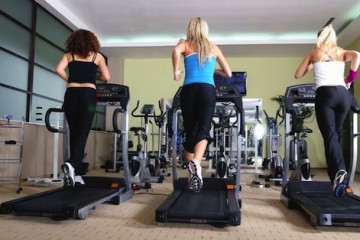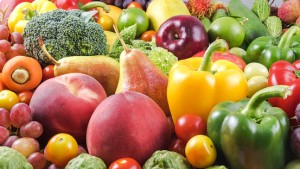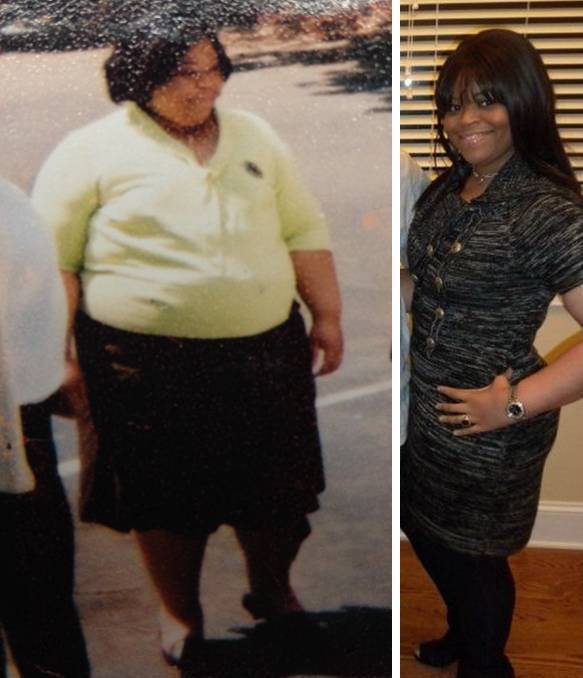How to from Calorie Clueless to Calorie Competent
Why is it that any time you hear the words 揷alorie counting?or 揻ood journaling? people start running for the hills? If creating menus, counting calories and keeping a food journal are research-proven, effective tools for nutrition awareness, education, motivation and accountability (they are), then why is there so much resistance to it?
One reason is because it抯 perceived as work and hard work doesn抰 sell! Another reason is that skeptics say, 揥hat about intuitive eating??揥hat about people who lose fat without counting calories??br />
Sure, you could choose not to count calories and eat what you 揻eel?your body is asking for, but if you do, that抯 called guessing. If you guess correctly and eat the right amount, you lose weight. I would call that luck! Would you rather roll the nutritional dice or bet on a sure thing?
Nutrition journaling and menu planning replace guesswork with precision.
Perhaps even more important, they are also crucial parts of the learning process to raise nutritional awareness. There抯 only ONE WAY to truly understand food and how it affects YOUR body: You have to go through all four stages of the learning process:
Stage 1: Unconscious incompetence - you are eating the wrong foods in the wrong amounts and you抮e not even aware of it. (You don抰 know what you抮e doing and you don抰 know that you don抰 know what you抮e doing)
Stage 2: Conscious incompetence - you are eating the wrong foods in the wrong amounts, but for some reason, you now become aware of it. This is often because of a 揾itting bottom?experience or an 揑抦 not gonna live like this anymore?epiphany. (You don抰 know what you抮e doing and now you know that you don抰 know what you抮e doing!)
Stage 3: Conscious competence - you educate yourself and begin to eat the right foods, but it takes a lot of thought and effort to eat the right things in the right amounts. (You know what you抮e doing, but you have to think about it and work very hard to make it happen because you抮e using willpower and still learning)
Stage 4: Unconscious competence - you抳e made the conscious effort to eat the right foods in the right amounts and you抳e counted calories and kept a nutrition journal for long enough and with enough repetition that these behaviors become habits and a part of your lifestyle. (You know what you抮e doing and you do it easily and automatically without having to think about it).
I think the concept of intuitive eating has merit. If we listened to our body抯 true signals, I believe that our appetite, our activity and our body weight would properly regulate themselves. The problem is, in our Western, technologically-advanced culture with an obesogenic environment, a sedentary lifestyle, social pressure and food cues tempting us at every turn, our intuitive bodily wisdom constantly gets short-circuited.
In our modern society, being able to eat by instinct and successfully guesstimate your nutrition or trust your feelings of hunger and satiety are not things that come naturally or easily.
The only sure-fire way to reach that hallowed place of unconscious competence where eating the right foods in the right amounts becomes automatic and you truly understand YOUR body is by going through the nutrition education process.
Two simple ways to count calories and get this nutrition education you need are the meal plan method and the nutrition journal method.
The Meal Plan method
Using software or a spreadsheet, create a menu plan meal by meal, with calories, macronutrients and serving sizes calculated properly for your goals and your energy needs. You can create 2 or more menu plans if you want the variety. Then, follow your menu plan every day. You simply weigh and measure your food portions to make sure your actual intake matches your written plan. With this method, you really only need to 揷ount calories?once when you create your menus. This is a method I use and recommend in my Burn the Fat Feed the Muscle program
The Nutrition Journal (Food Diary) Method
Another way to track your nutrition intake is to keep a nutrition journal or food diary, either on paper or with an electronic device, software or website. This is more like 揷alorie counting?in the traditional sense. Throughout the day, after each meal, you log in what you just ate, or at the end of the day, you log in all your food for the entire day. The former is the best option, since people seem to get really bad cases of 揺ating amnesia?if they wait too long before writing it down.
I recommend counting calories and keeping a nutrition journal at least once in your life for at least 4-12 consecutive weeks or until you achieve unconscious competence. At that point, it becomes optional because habit and intuition take over.
You can come back to your meal-planning and journaling any time in the future if you slip back or if you have a very important goal you want to work on. It抯 a tool that will always be there for you if you need it.
Tom Venuto, author of
Burn The Fat Feed The Muscle
Founder & CEO of
Burn The Fat Inner Circle
-
Weight Loss Success is Not Complicated if You Know How
Many overweight people say they dont eat
-
Healthy weight loss diet, effortless methods to lose the weight quickly
The secret of a healthy weight reduction diet is that it includes all
-
Low Carb Snacks That Kids And Adults Will Love
Its the highlight of any school day - re
-
Have No Knowledge About Nutrition? Educate Yourself Here!
Knowledge is the key to good nutrition decisions. Wise decisions
-
Walk Off the Fat: How to Lose 10 Pounds by Walking
Walking is a great way to lose 10 pounds, as this form of exercise bur
-
A New Fitness Trend (And Its Not a Good One)
Its been quite some time since I wanted to write an article li
- DON'T MISS
- Frequently Asked Questions About Weight Loss And Diets
- Stretch Marks: The Facts!
- Top 10 Self Cleanses
- Surviving the Holidays Without Sabotaging Your Weight
- Most Powerful Tips to Lose Your Belly Fat
- Some Factors to Choose Ultrasonic Liposuction
- Easy Tips To Lose Weight And Keep It Off
- Discover How Meratol Works
- How to Get Rid of Cellulite Using Cellulite Exercise
- How Increasing Your Sleep Can Help You Lose Weight




